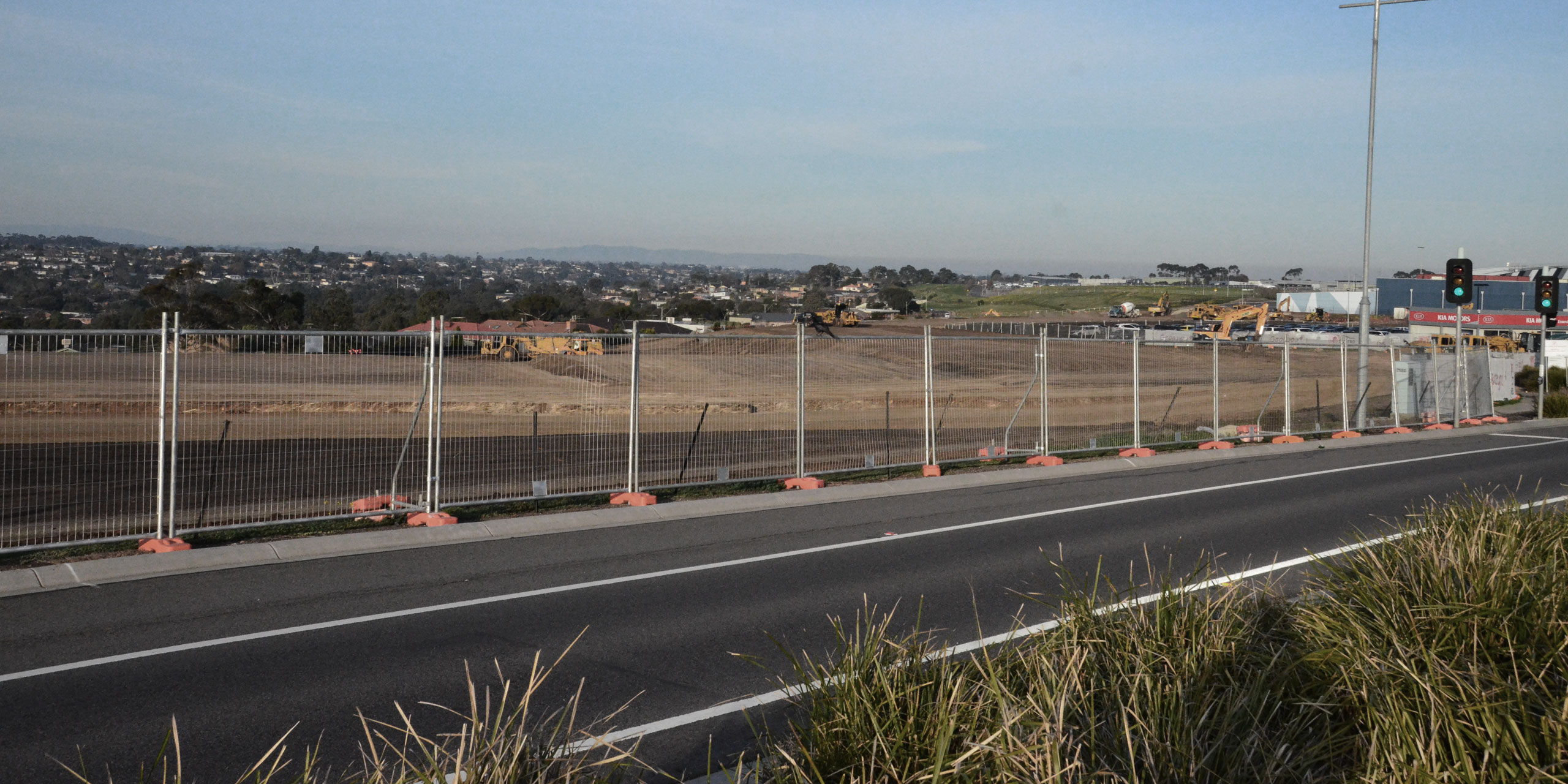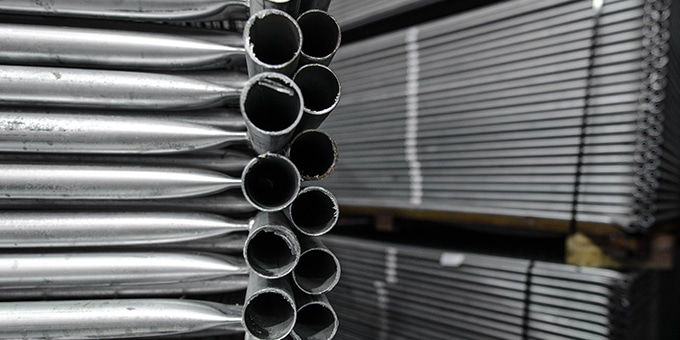Welding is the most economical and efficient method used to join two metals, it is the only method that ensures that end products act as a single piece permanently. An increasing number of temporary fencing companies are spending millions of dollars on automated systems whilst ignoring quality control welding processes. Manual welding is still the best welding method for temporary fencing.
At TTFS we pride ourselves on the quality of our temporary fencing products, this is because we have industry leading quality control procedures throughout our manufacturing and distribution process, ensuring you receive the highest quality product.
Our temporary fencing products are hand welded steel for optimum strength and are hot-dipped galvanised for durability. We use steel because it is versatile and provides great protection against the harshest Australian weather conditions. Our steel fencing products are hot-dipped galvanised, that coating is zinc which prevents things like corrosion and rust, ensuring a long life for your steel fencing product.
Whilst automated machine welding may benefit companies with an increased output, decreased scrap and decreased labour costs, it is important to note that these are all benefits for the manufacturing companies and not the end-user. Hand welded and Automated Machine welded steel can both be used for high-quality fencing, however, automated welding has its limitations.

Here are a few reasons why we insist on hand welding for our temporary fencing:
Flexibility
Hand welding means that you have the flexibility and versatility of design, this is because the flexibility of an automated machine is limited in comparison to a manual welding system. A manual welder can easily move from one part of the project to the next ensuring no faults are made with the design whilst specialised welding systems can only satisfy a limited niche in the manufacturing process.
Strength
Hand welding makes an end product sturdier. This is because the ability of an automated machine is limited in comparison to a manual welding system. For example, a product that is hand welded all the way around the joints between the cross members and the vertical pipe is stronger, as it is being completely welded. At TTFS we are also able to hand weld the mesh into the inside of the pipes, this not only makes the end product a strong one but it also prevents the mesh snagging or being caught onto workers on site or passing pedestrians. When a product is welded using an automated system the panels are easier to twist, bend and snap as the panels have no welding at the back to give it extra strength. Automated welding of the mesh to the vertical and horizontal pipe is limited and can only weld the mesh to the front outside edge of the pipe. This causes issues with the mesh snagging onto workers on site, passing pedestrians or even passing vehicles.
No Gaps = Long Life
At TTFS we hand crimp the cross member pipe ensuring that there are no gaps where the cross member pipe meets the vertical post, whereas when a product is welded using an automated system the joints between the cross member and vertical pipe are only welded on one side, leaving the back of the cut pipe and weld open to elements like corrosion. Hand welding ensures that no water ingresses into the welds and in turn gives the product a longer lifespan.
Hand welding is just one example of our continued research, development and rigorous testing that helps us produce the highest quality products in the Australian Temporary Fence industry.
Contact our friendly sales team on 1300 119 998 to find out more about our high-quality and durable products. TTFS deliver nationwide and are supported by depots in Adelaide, Brisbane, Melbourne, Perth and Sydney.

